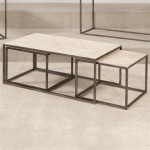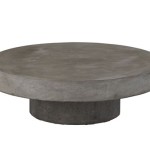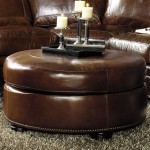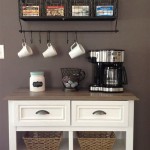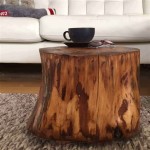How Many Types of Table Setup in a Restaurant
The arrangement of tables and chairs in a restaurant, also known as table setup or floor plan, plays a crucial role in the dining experience. A well-planned layout optimizes space utilization, facilitates smooth service, and contributes significantly to the ambiance and overall customer satisfaction. Different dining occasions and restaurant styles necessitate varied table arrangements. Understanding these different types of table setups allows restaurant owners and managers to create a functional and aesthetically pleasing dining environment.
Formal Dining Setups
Formal dining setups are typically employed for upscale restaurants, banquets, and special events. These arrangements prioritize elegance and a sense of occasion. They often involve high-quality linens, silverware, and glassware. The spacing between tables is generally more generous to allow for comfortable movement and conversation without disturbance.
T-Shaped Setup: Ideal for smaller spaces and rectangular tables. This setup involves arranging tables in a T-shape, maximizing seating capacity while maintaining a degree of formality. This layout is often seen in private dining rooms or smaller banquet halls.
U-Shaped Setup: Suitable for medium to large groups. Tables are arranged in a U-shape, allowing for easy interaction among guests and clear visibility for presentations or speeches. This setup is popular for conferences, workshops, and corporate events with a dining component.
Boardroom Setup: Similar to the U-shaped setup, but typically features a single, large rectangular table. This layout is commonly used for formal meetings, conferences, and training sessions where attendees need ample space for materials and collaborative work, often with a meal served.
Casual Dining Setups
Casual dining setups offer a relaxed and informal atmosphere, often seen in bistros, cafes, and family-style restaurants. These arrangements prioritize comfort and practicality. The table settings are less elaborate than formal setups, and the spacing between tables can be closer to maximize capacity.
Standard Setup: This involves arranging individual tables of varying sizes throughout the dining area. Two-top, four-top, and six-top tables are common, allowing for flexibility to accommodate different group sizes. This setup is versatile and adaptable to various restaurant types.
Bistro Setup: Characterized by smaller, closely spaced tables, often square or round. This layout creates a bustling and convivial atmosphere, suitable for cafes and bistros. It maximizes space utilization and encourages interaction between diners.
Booth Setup: Booths offer a sense of privacy and comfort, ideal for families or small groups. They can be arranged along walls or in the center of the dining area, contributing to a cozy and intimate dining experience.
Outdoor Dining Setups
Outdoor dining setups offer guests the opportunity to enjoy their meals in the open air. These arrangements require consideration of weather conditions and the available space. Furniture should be weather-resistant and durable. The layout should maximize the views and create a pleasant outdoor experience.
Patio Setup: Similar to the standard setup, but adapted for outdoor spaces. Tables and chairs can be arranged on a patio, deck, or sidewalk, creating a relaxed and informal dining environment. Umbrellas or awnings can be used to provide shade.
Picnic Setup: Involves arranging picnic tables or blankets on a grassy area. This setup is ideal for casual outdoor events and family gatherings. It offers a more relaxed and informal dining experience.
Beachfront Setup: Specifically designed for restaurants located near the beach. Tables and chairs are placed on the sand, creating a unique and scenic dining experience. Lightweight and easily movable furniture is often used to adapt to changing tides and weather conditions.
Effective table management and setup are crucial for a restaurant's success. By understanding the various types of table setups and their suitability for different dining occasions and restaurant styles, business owners can create a welcoming and efficient dining environment that enhances the customer experience. The arrangement of tables is more than just logistics; it's an integral part of creating the right atmosphere and optimizing the use of space for both customer comfort and operational efficiency.

Table Setting Diagrams Formal Fine Casual More Set Ups

Table Setting Diagrams Formal Fine Casual More Set Ups

5 Types Of Restaurant Table Setting Every Owner Must Know

Table Setting Diagrams Formal Fine Casual More Set Ups

The Three Types Of Table Settings Everyone Should Know Jes

5 Types Of Restaurant Table Setting Every Owner Must Know

The Three Types Of Table Settings Everyone Should Know Jes

Elegant Service And Table Settings For Waiter Waitress Training

How To Set A Table In Restaurant

The Three Types Of Table Settings Everyone Should Know Jes
Related Posts

